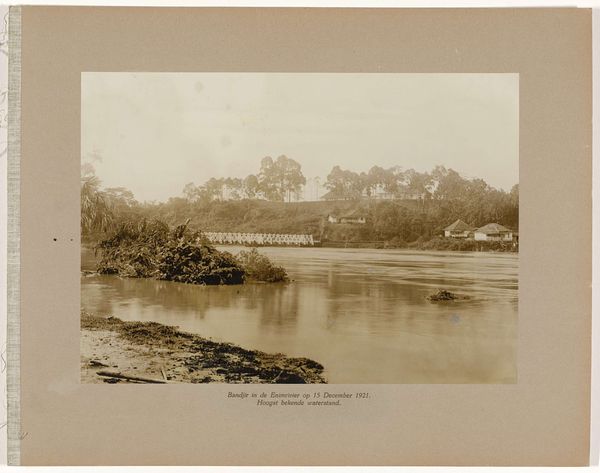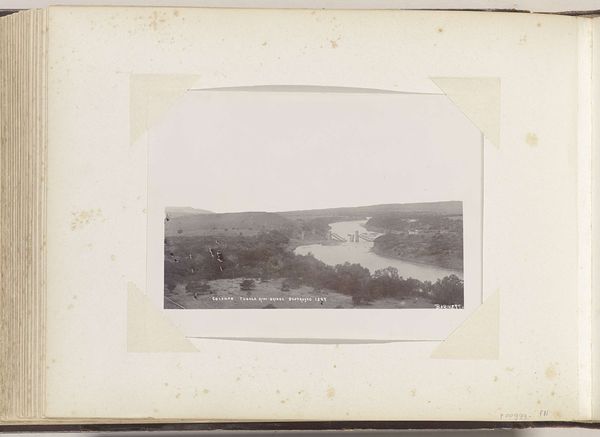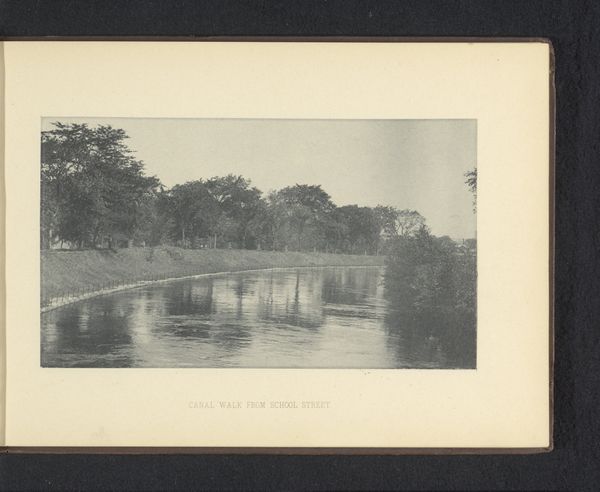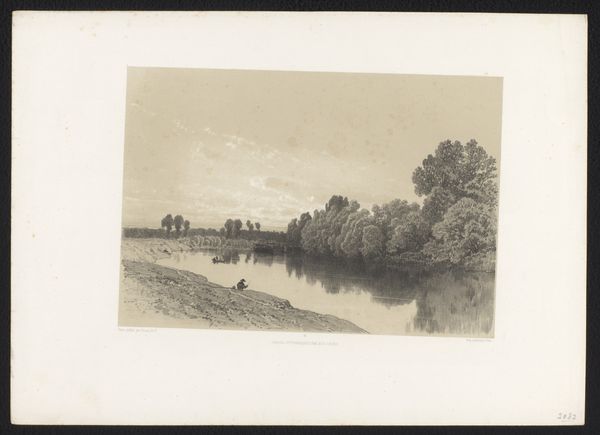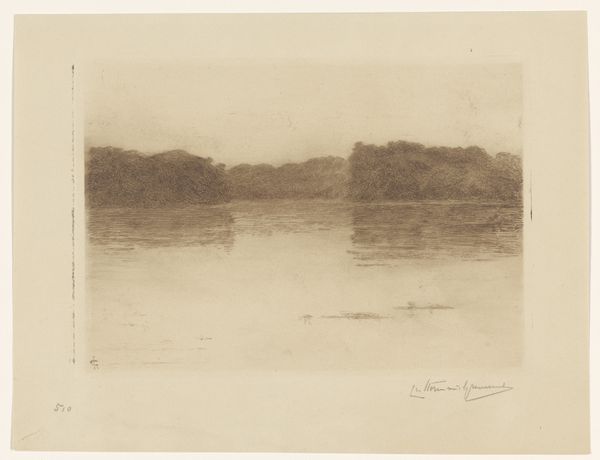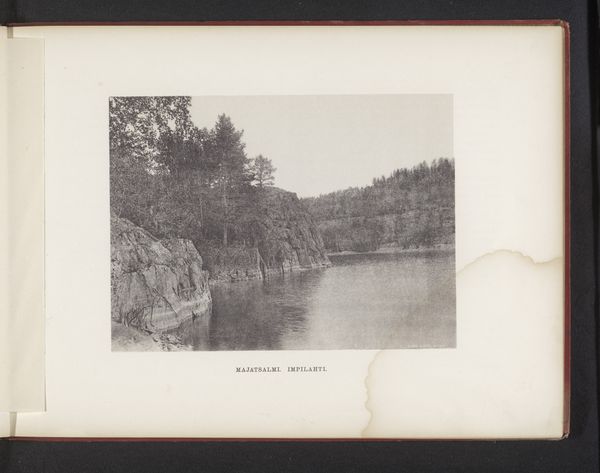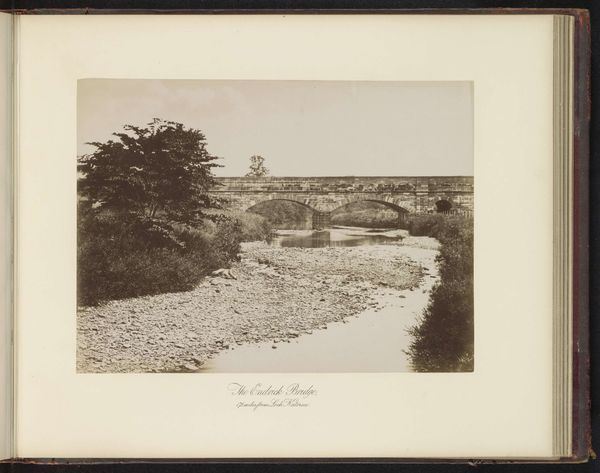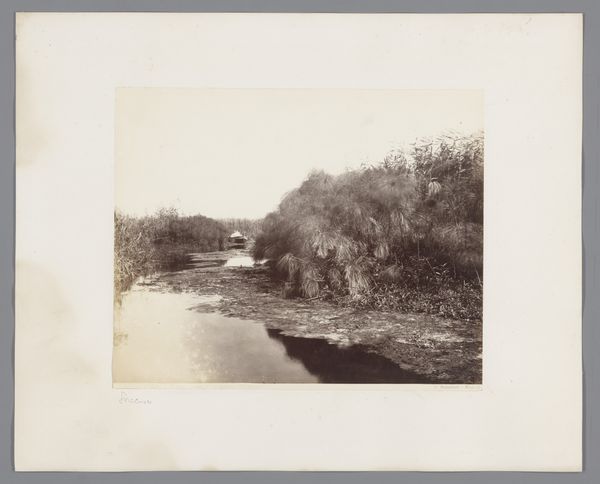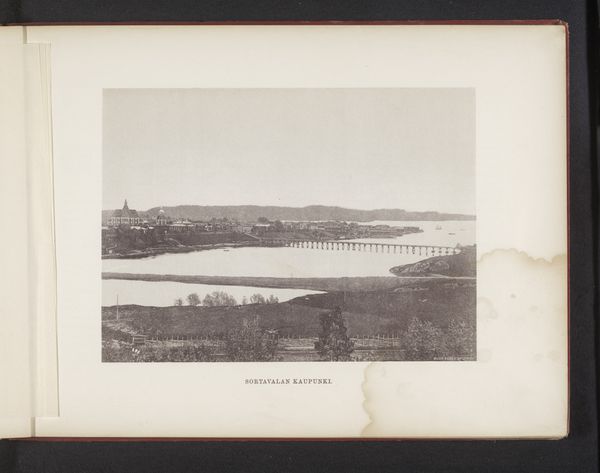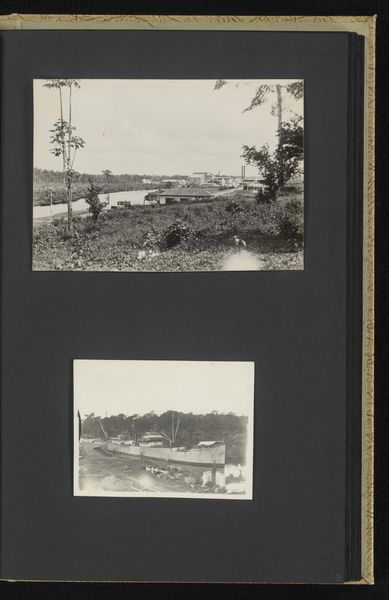
photography, gelatin-silver-print
#
pictorialism
#
landscape
#
waterfall
#
river
#
photography
#
gelatin-silver-print
Dimensions: height 105 mm, width 181 mm
Copyright: Rijks Museum: Open Domain
Curator: What strikes you initially about this gelatin-silver print, titled "Gezicht op de Pawtucket Falls," dating to before 1892? Editor: The texture is so tangible, almost visceral. The way the water froths over the rocks makes me think about the sheer physical force involved in shaping the landscape. It's less about aesthetic beauty and more about the brute power of nature rendered in tones of grey. Curator: Absolutely. Pawtucket Falls played a significant role in the industrial revolution, powering mills that, while generating wealth, were sites of intense exploitation. How does viewing the image through the lens of industrial history affect your reading? Editor: It's impossible to ignore the presence of labor implicit in the harnessing of the falls. While seemingly a romantic landscape, the built structures remind us this wasn't just nature undisturbed. Who built the dam? Under what conditions? This wasn't some picturesque escape, but the engine of somebody’s fortune and somebody’s impoverishment. Curator: Exactly, the image hints at that duality. The sublime of nature intertwined with human intervention, pointing toward issues of class, labor, and the consequences of industrial progress. We need to ask who had the power to document and profit from the fall. Editor: It's interesting that photography, a relatively new medium at the time, would be employed to depict what was, in essence, a worksite. This photograph serves as documentation, an act of possessing a powerful element. One wonders if there were similar projects focused on documenting labor processes happening within these facilities themselves? Curator: A vital question. Understanding that industrial context enriches our experience. By linking social issues of labor to natural resources and systems of power, it compels us to think critically about whose stories were centered versus suppressed at that time. Editor: Thinking materially, you're considering how that history influences the photograph's existence itself and where the photograph sits within its original sociopolitical fabric of time and exploitation. Thanks for drawing that connection for me. Curator: Thank you. Looking at the photograph now, the falls seem so much less still or peaceful, and much more alive within a larger context of energy, and exploitation of place and people.
Comments
No comments
Be the first to comment and join the conversation on the ultimate creative platform.



